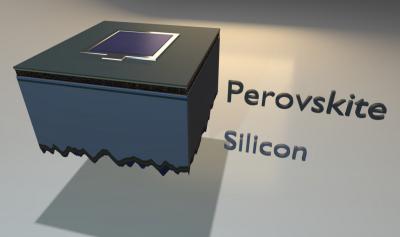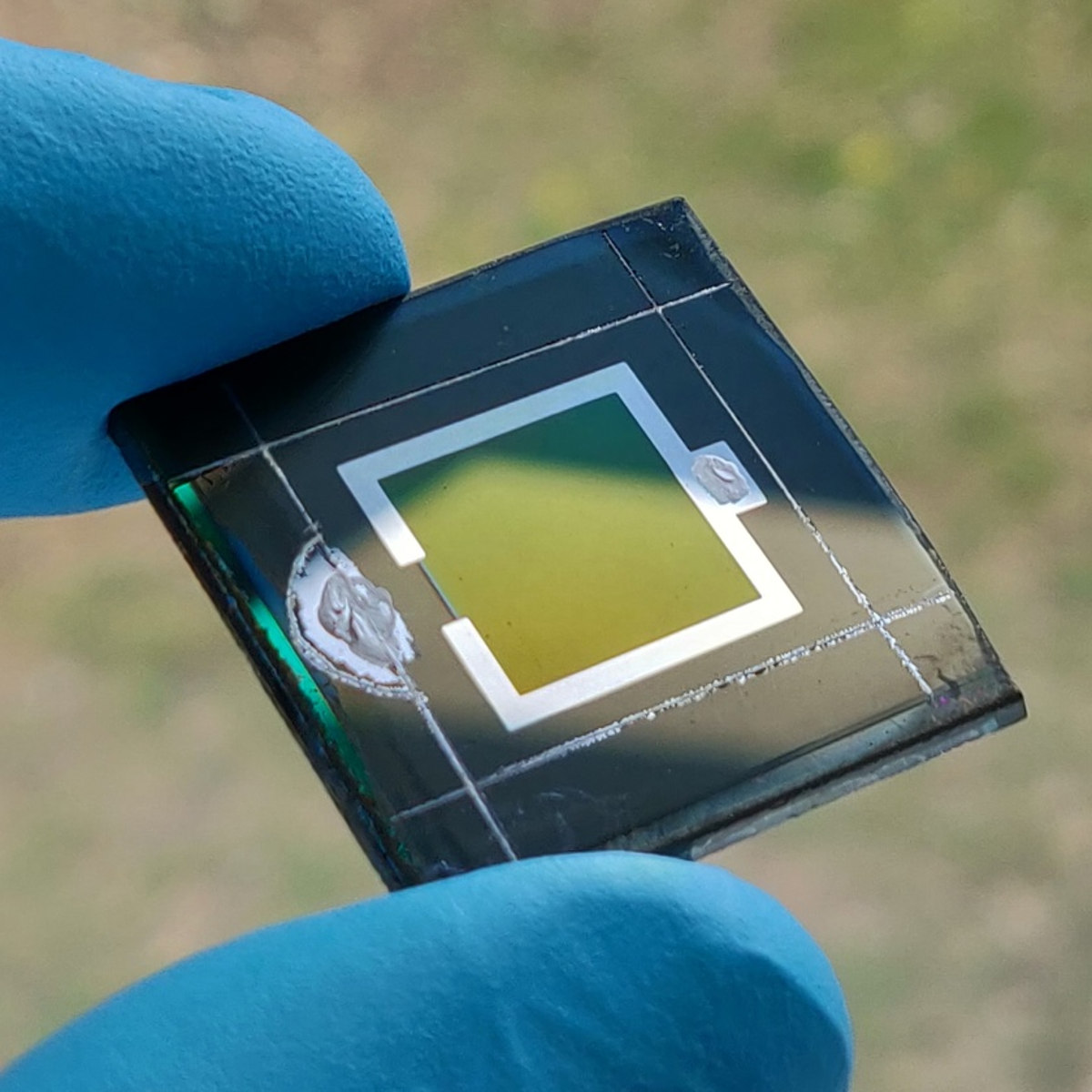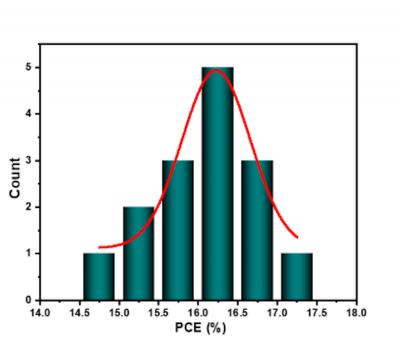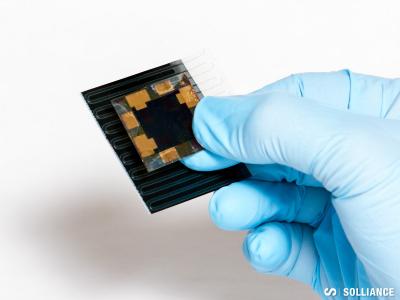New perovskite material may enable 38.7% efficient silicon\perovskite tandem cells
Scientists from Japan's Gifu University and the Tokyo Institute of Technology have identified a chalcogenide perovskite material with light absorption attributes strong enough to offer the potential for a theoretical maximum conversion efficiency of 38.7% in a silicon perovskite tandem solar cell.
The material ' BaZrTiS3 ' has a light absorption coefficient exceeding 105cm-1, the highest of all solar cell materials including chalcogenide perovskites such as SrZrS3, BaHfS3 and SrHfS3, the scientists claim.







